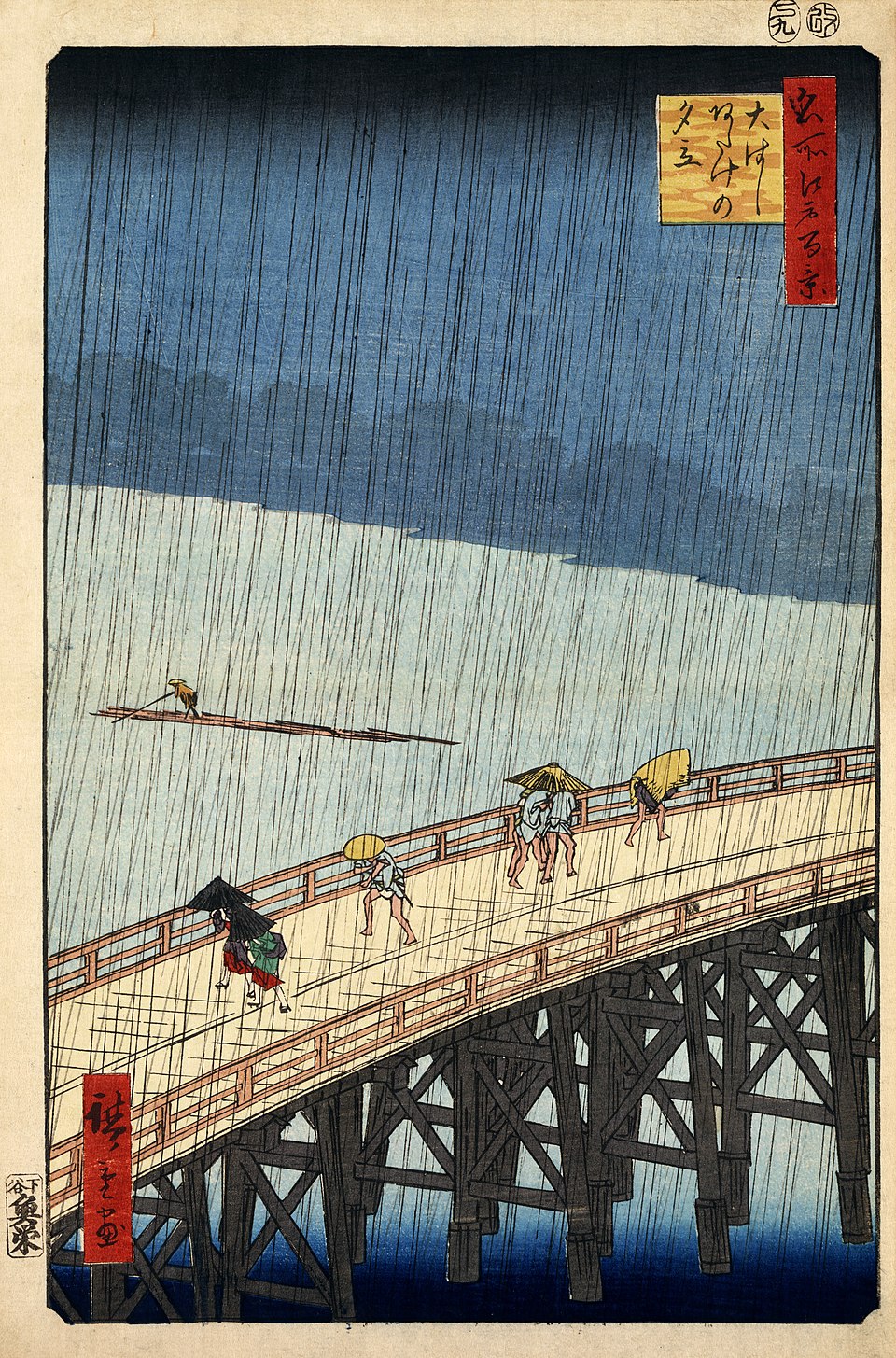In Japanese culture, odd numbers possess a special allure—a blend of aesthetic, spiritual, and even linguistic charm. Unlike the predictable balance of even numbers, odd numbers like 3, 5, and 7 are celebrated for their asymmetry and dynamism. This fascination isn’t limited to numerology alone; it permeates art, festivals, and everyday life. In the realm of aesthetics, many ukiyo-e prints—literally “pictures of the floating world”—capture this same spirit. The bold compositions, vibrant colors, and seemingly off-kilter arrangements of these prints influenced Western art movements such as Impressionism and Post-Impressionism. They reminded the world that beauty can flourish in impermanence and imperfection.
Part of the magic lies in tradition and belief. In Japan, odd numbers are often seen as propitious. Celebrations and ceremonies frequently incorporate the numbers 3, 5, and 7—not only because they are considered lucky, but because their very form reflects a natural, delightful disorder. Interestingly, every odd number in English ends with an “E” (think “three,” “five,” “seven”), and if you say “E” in Japanese, it resonates as “はい” or even “いいじゃない” (meaning “good” or “isn’t it good?”). There’s a playful symmetry in that notion, especially when one considers that the word “Ukiyo-e” itself carries an odd number of E’s—a detail that only adds to its charm.
This preference for the odd is more than just a superficial quirk—it echoes ancient philosophies such as Wabi-Sabi, which finds beauty in imperfection and transience, and Mono no Aware, a gentle awareness of the ephemeral nature of all things. Even Ikigai, the idea of living with purpose, suggests that there’s a natural balance to life that doesn’t always conform to strict symmetry. In these philosophies, the irregular becomes something to cherish and learn from.
Not only do these ideas enrich traditional art, they offer a poignant commentary on modern life. Our contemporary obsession with precision and perfection sometimes overlooks the beauty of the unpredictable. In a world that prizes uniformity, the charming unpredictability of odd numbers—and the unexpected harmony they create—serves as a reminder that embracing imperfection can lead to the most authentic expressions of art and life.
Sudden Shower over Shin-Ōhashi Bridge and Atake by Utagawa Hiroshige
Author’s Note
This piece draws on both historical insight and modern wit, weaving together observations on the Japanese love for odd numbers, the legacy of ukiyo-e, and the influence of ancient philosophies on contemporary art and culture. Remember, every odd number ends in an “E,” and perhaps that little quirk speaks to a deeper truth: in Japan, the unexpected is celebrated, as it encourages us to recognize beauty in every form—whether in art, nature, or the myriad ways we choose to live our lives.


Leave a Reply